Sony QLEDs vs OLEDs: What do you get when you pay more?
What's the difference between Sony's QLED, Mini-LED and OLED TVs?
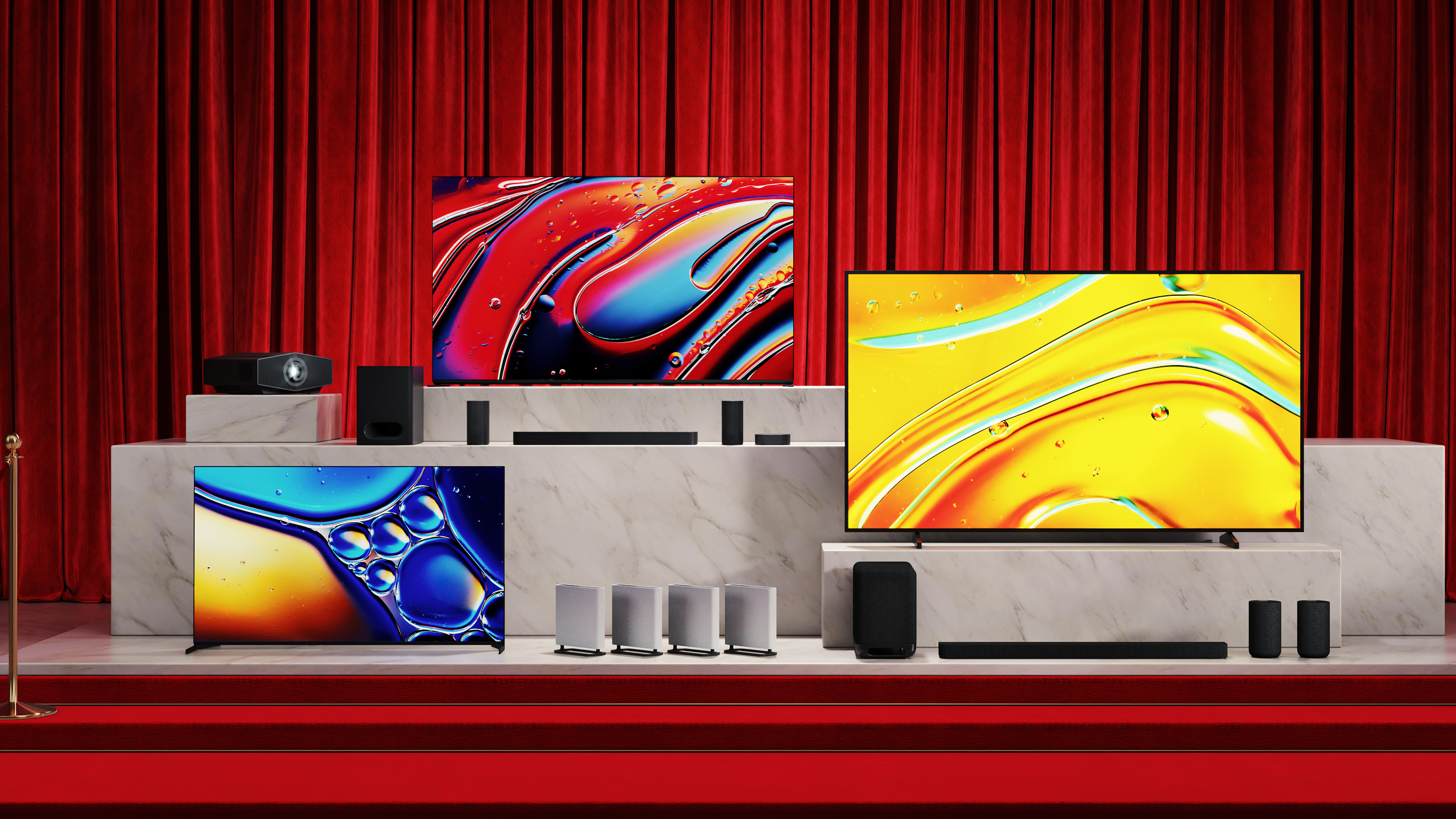
If you’re shopping for a TV and you’ve already decided that Sony is the brand for you, the choice will most likely come down to two options: a QLED or an OLED.
These terms refer to the TV’s display technology, and depending on your budget, your viewing habits and your overall needs, one of these types might be better than the other.
Some of the best TVs you can buy are among these two categories, and even if you don’t intend to spend top-dollar on a high-end model, it’s in your best interest to understand their many differences.
Sony QLEDs vs OLEDs: overview and price
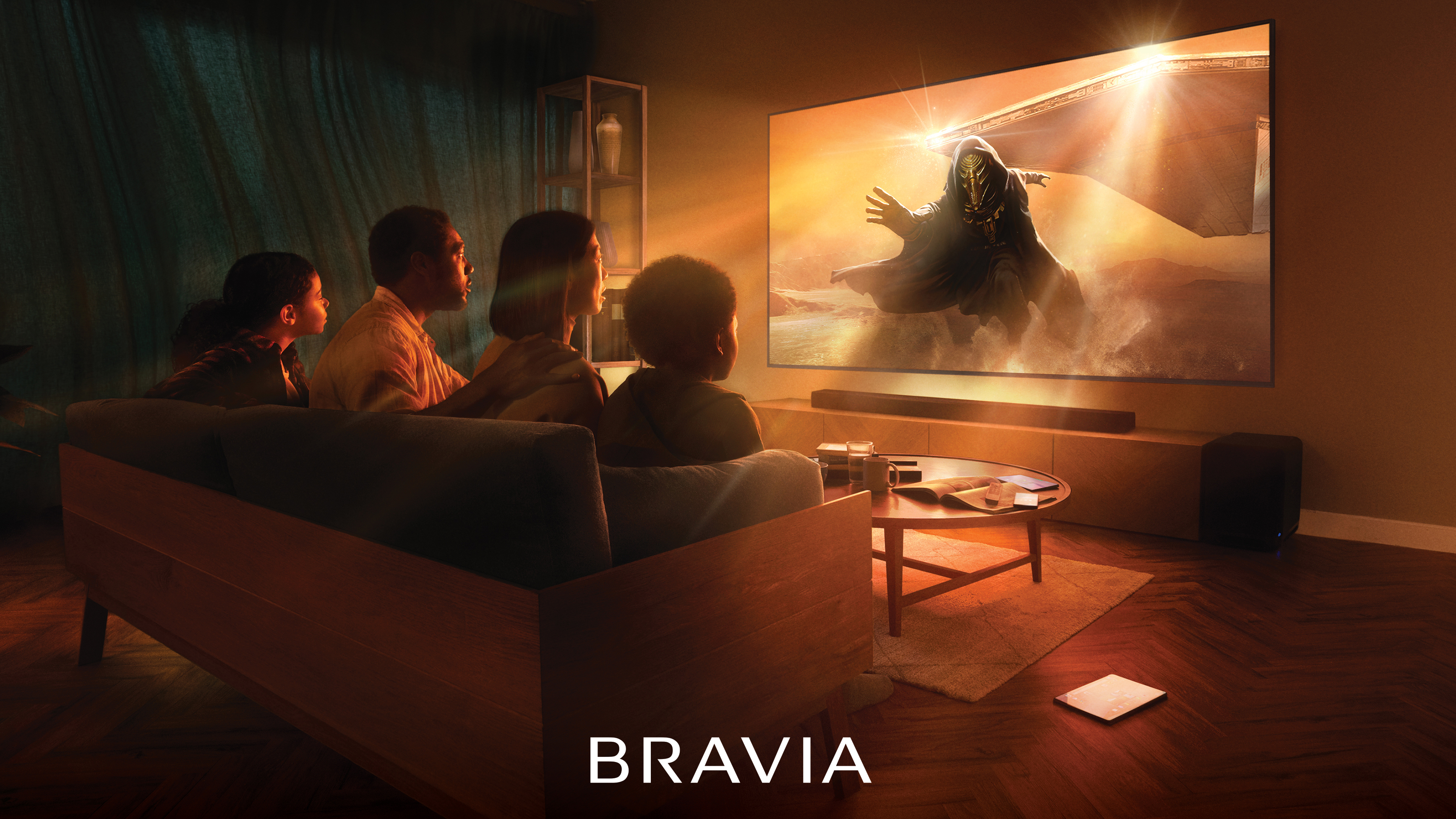
Sony QLEDs are LED TVs with quantum dots. These nanocrystals enhance color and brightness, and while a ton of TVs feature quantum dots, many ultra-affordable models you can buy don’t come with them.
Until recently, Sony did not refer to its quantum dot-enhanced TVs as QLEDs. Instead, the feature was referred to by the brand as offering Triluminos color, sometimes called Triluminos Pro.
Today, you can still find Triluminos color as a feature on a Sony TV’s spec sheet. Some marketing materials refer to them as QLEDs. If you don’t see these terms, chances are the model in question is without quantum dots.
Unless you’re trying to spend as little as possible, I recommend buying a quantum dot-equipped set if you’re buying an LED TV. They’ve become enough of a standard feature that even budget-friendly Sony LED TVs have them.
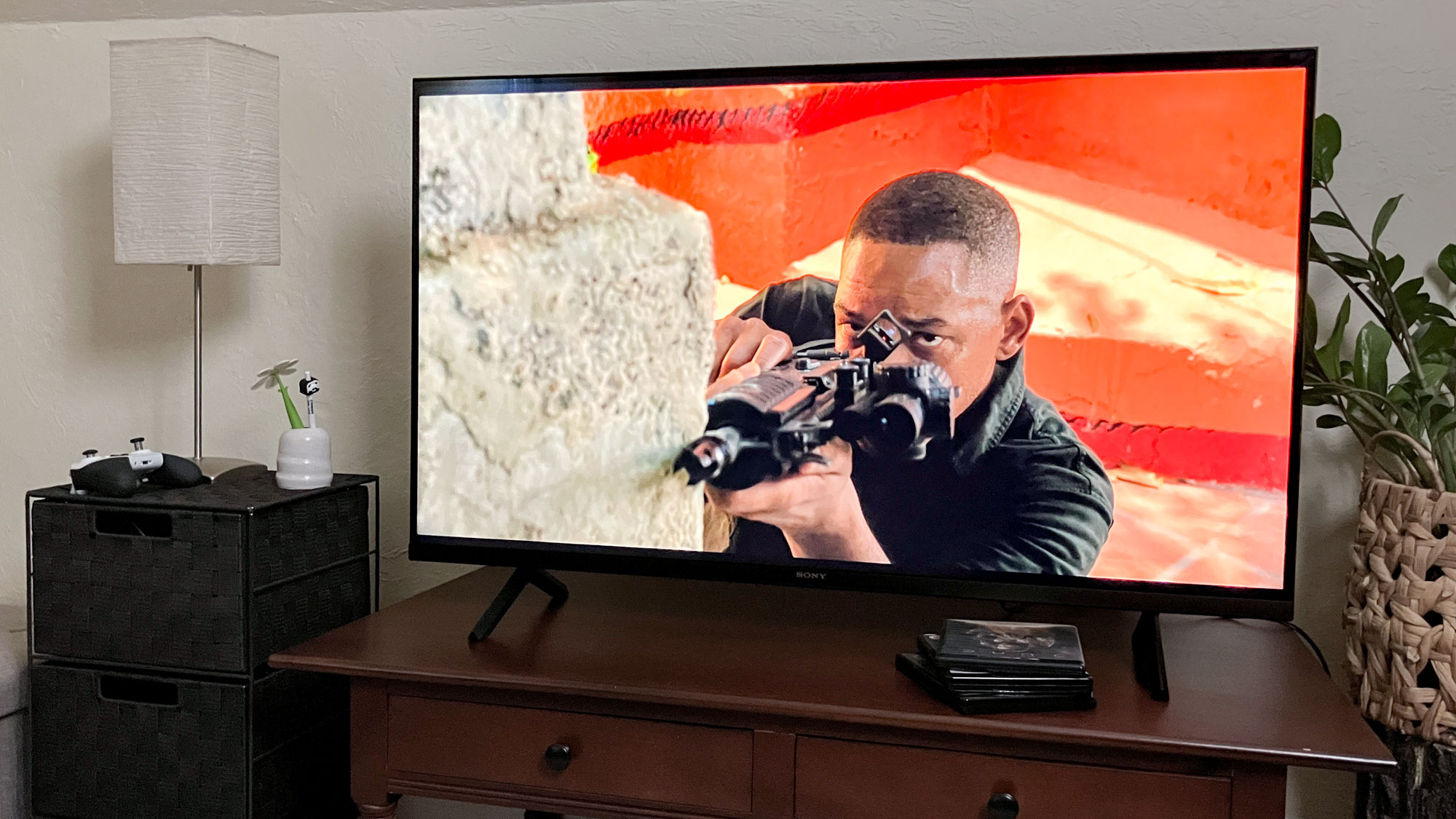
For instance, the Sony Bravia 3 — one of the brand’s most affordable offerings (but a set we don't recommend) — comes with quantum-dot color. The higher-end Sony Bravia 7 and the flagship Bravia 9 come with quantum dots, too, but these TVs also feature Mini-LED backlighting, so you’ll have to spend more for that upgrade.
Get instant access to breaking news, the hottest reviews, great deals and helpful tips.
I recommend buying a quantum dot-equipped set if you’re buying an LED TV.
Like all OLED TVs, Sony’s OLEDs don’t rely on traditional backlighting at all. Instead, every single pixel in the display is self-illuminating, which has a positive impact on almost every aspect of performance — especially contrast.
Despite this fundamental difference, there are Sony OLED TVs with quantum dots, too. Commonly referred to as QD-OLED TVs, these souped-up sets (like the Sony A95L and the upcoming Bravia 8 II) offer better color volume — and in many cases better brightness — than traditional WOLED TVs (like the Bravia 8 OLED).
You can take a closer look at the benefits and drawbacks of each of these display technologies in our Mini-LED vs OLED guide, but as I’ll soon explain, one isn’t necessarily better than another. It largely depends on your viewing habits.
Price is another important factor. Of these types, you can expect to pay the least for a Sony QLED with basic backlighting, more for a Sony QLED with Mini-LEDs and the most for a top-shelf Sony OLED.
Sony QLEDs vs OLEDs: design

If you’re shopping for a Sony-branded TV, I’ve got good news: They’re well-designed TVs, both aesthetically and functionally.
In recent years, mid-range and high-end Sony TVs offer multiple ways to configure their respective stands. This makes them plenty accommodating regardless of living room layout, especially if you’re trying to fit a large TV on a narrow credenza.
And, although everyone’s entitled to their own opinion, I find Sony TVs to be among the nicest-looking in the game. There’s an attention to detail that is often lacking among rival TV-makers, from the crosshatched pattern on the back of some displays to the pinpoint alignment of their stand.
The brand’s OLED TVs tend to offer the slimmest panels, but Sony doesn’t lean into the ultra-thin look the way rival OLED TVs do. Its Mini-LED TVs tend to be bulkier-looking than competitive sets, but not in ways that belie their excellent build quality.
Sony QLEDs vs OLEDs: features

At the time of publishing, all mainline Sony TVs leverage the Google TV smart platform. They also lean on the same basic interface for their settings menus.
This means that the core Sony TV experience will be mostly the same on an entry-level Sony QLED as it will on a high-end Sony OLED. Certain settings and enhancements are tailored to display type, however. (You won’t find OLED-specific settings on a Sony Mini-LED’s settings menu, for instance, or local dimming settings on a Sony OLED.)
Across the board, though, Sony TVs offer a tremendous range of settings for tweaking the picture and audio. If you like to tinker with that stuff, you’ll feel right at home with any Sony TV.
Another thing to keep in mind is that, as is the case with all TV brands, lower-end Sony TVs will likely feel less snappy than higher-end Sony TVs due to their relatively limited processing power. I’ve never reviewed a Sony TV whose software was outright unusable, but it’s something to remember if you’re particularly sensitive about sluggish software.

Even the best Sony TVs you can buy are limited to just a pair HDMI 2.1-compatible inputs.
Additional features — be them gaming-, A/V-related or otherwise — will come down to which series the TV belongs to. In general, you can expect lower-level Sony QLEDs to offer the lightest amount of bells and whistles, while higher-end models offer the most.
That said, even if you’re splashing out on a top-of-the-line Sony flagship, you ought to be aware of their limitations. At the time of publishing, even the best Sony TVs you can buy are limited to just a pair HDMI 2.1-compatible inputs. This means only two of the four total ports will be able to make the most out of current-generation gaming consoles.
What makes this issue even thornier is that one of the ports that offers HDMI 2.1 compatibility also serves as a dedicated eARC input. If you have two consoles and a soundbar, even the most expensive Sony TVs won’t be able to make the most of all three.
Needless to say, this is not the case with high-end TVs from LG and Samsung.
Sony QLEDs vs OLEDs: Performance
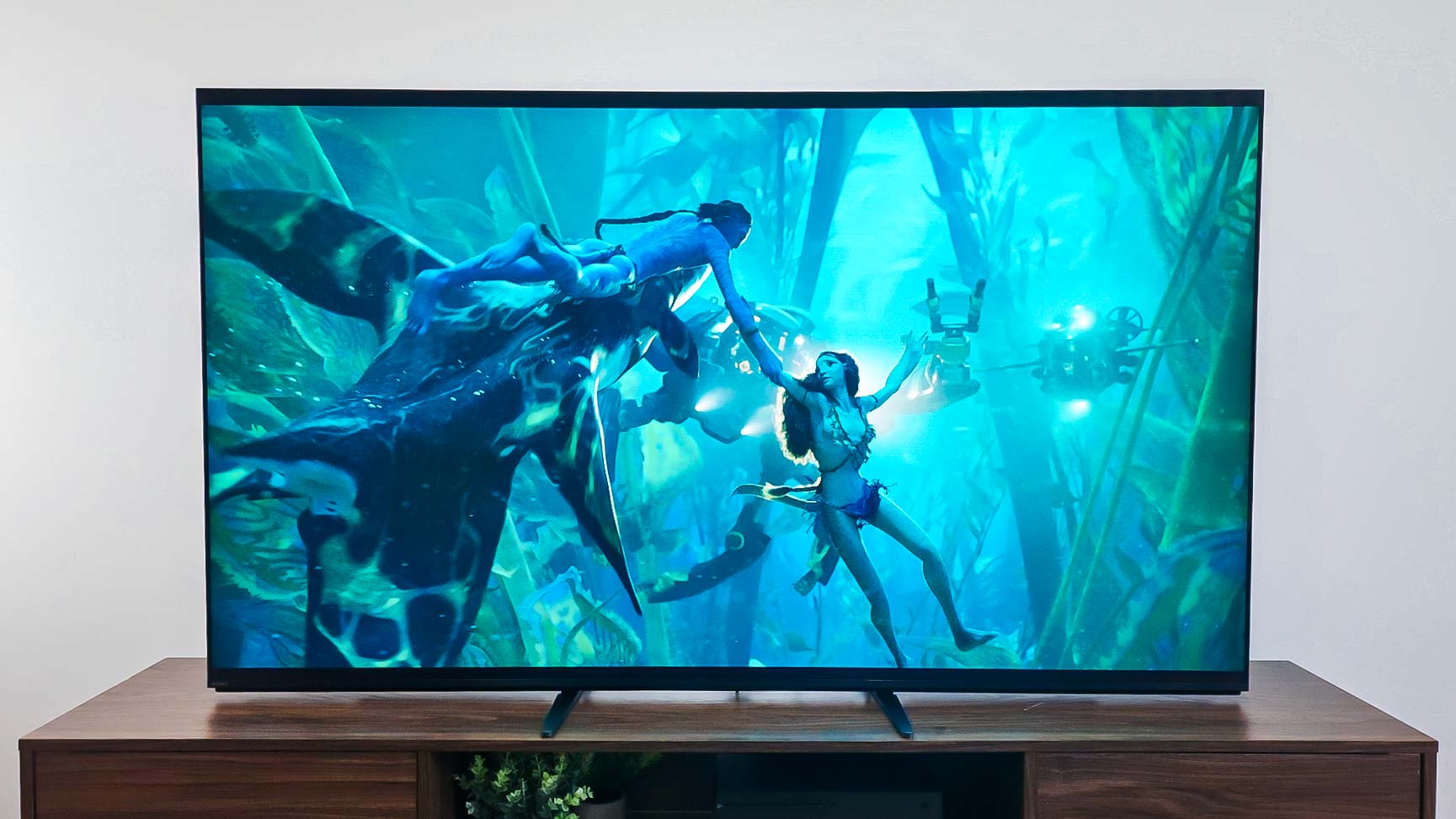
Here’s the simplest way I can put it: Sony’s Mini-LED and OLED TVs will almost always perform better than budget-friendly Sony QLEDs that don’t offer Mini-LED backlighting, but when comparing high-end Sony TVs, your mileage may vary.
The flagship Bravia 9 Mini-LED TV looks incredible. It’s one of the best Mini-LED TVs you can buy. The Sony A95L looks incredible, too. It’s one of the best OLED TVs you can buy.
Both of these sets will set you back a considerable amount of money, but deciding which is best for you will depend on your viewing habits. In either case, they’re both better-performing TVs than the Bravia 7 — a terrific mid-range Mini-LED TV that is nevertheless mid-range for a reason.
I’ll once again direct you to our Mini-LED vs OLED guide for an in-depth comparison between these display technologies, but here’s the basic gist: High-performance Mini-LED TVs typically offer better brightness than most OLED TVs, particularly if those OLED TVs use a traditional WOLED-style display, like the Bravia 8.

However, a Mini-LED TV lacks the depth, clarity and unparalleled contrast control of an OLED. Many Mini-LED TVs come close to replicating the patina of an OLED display — the impressive Bravia 9 being a prime example — but pixel-level dimming control is ultimately the difference-maker.
QD-OLEDs, like the Sony A95L, are capable of cutting the brightness gap even more. Its highlight brightness stands toe to toe with heavy-hitting Mini-LEDs (though full-screen brightness remains much dimmer).
The addition of quantum dots also allows TVs like the A95L and the Bravia 8 II to deliver some of the brightest, most voluminous color in the industry. If you’re chasing color, there’s nothing quite like QD-OLED.
Regardless of how much you’re looking to spend on a Sony TV, you can be confident that the finer aspects of picture processing have been carefully considered. Many industry experts — myself included — laud Sony’s attention to detail when it comes to things like upscaling, motion handling and out-of-the-box color accuracy.
Sony QLEDs vs OLEDs: Which should you buy?
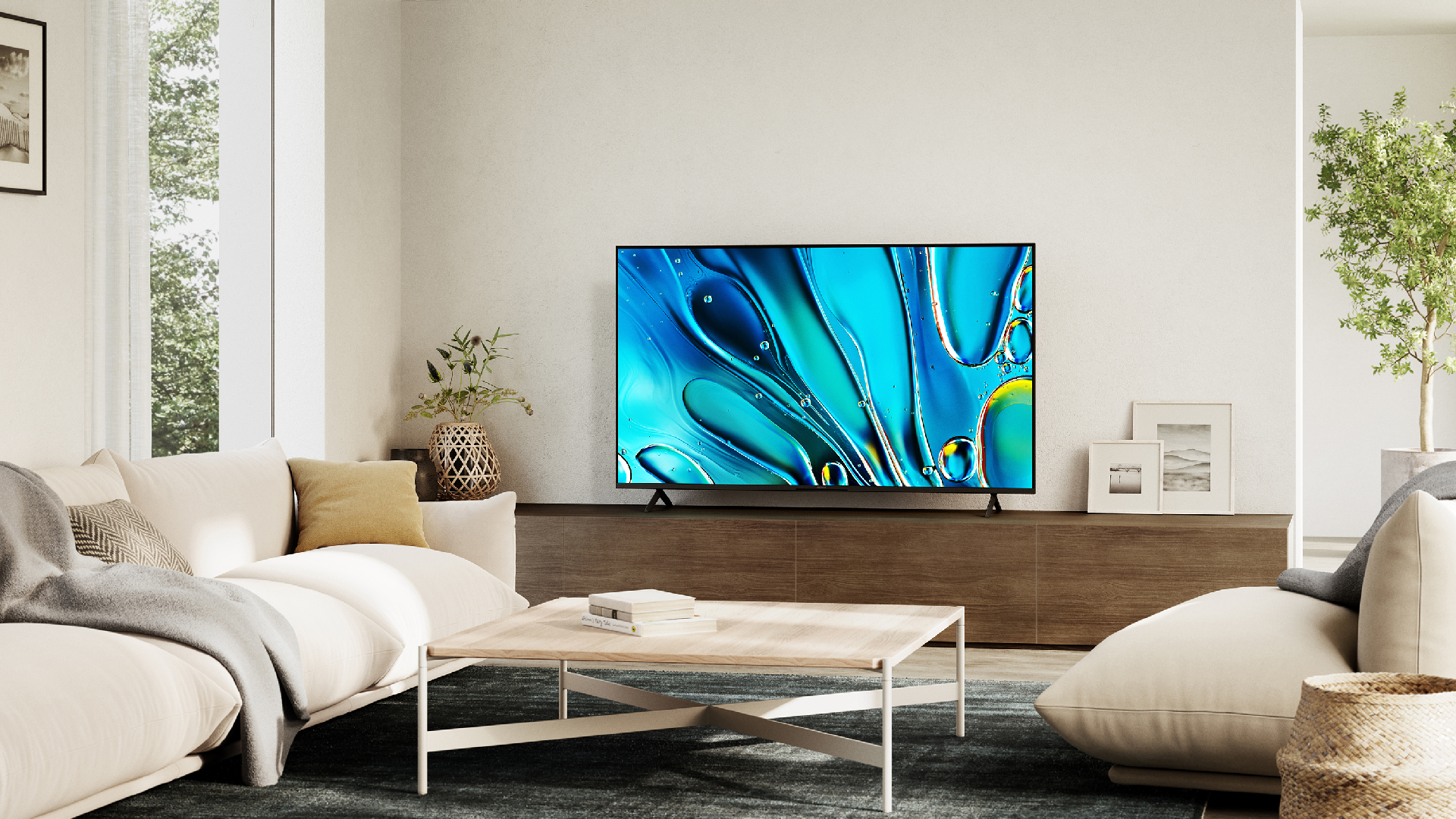
Much ink has been spilled about the so-called “Sony tax” — a built-in upcharge for Sony TVs (relative to the competition) that some folks find hard to stomach.
While it’s true that Sony TVs are typically priced higher than comparable sets from rival brands, I’ve never found Sony prices to be out of bounds.
Whether you’re shopping for an entry-level Sony QLED or a top-shelf Sony OLED, you’re very likely to get a well-engineered, well-designed TV that squeezes every ounce of performance out of whatever hardware is strapped to the panel.
That said, I wouldn’t blame anyone for carefully considering the value proposition inherent in competitively priced sets that tap the same tech and offer a similar slate of features.
More from Tom's Guide

Michael Desjardin is a Senior Editor for TVs at Tom's Guide. He's been testing and tinkering with TVs professionally for over a decade, previously for Reviewed and USA Today. Michael graduated from Emerson College where he studied media production and screenwriting. He loves cooking, zoning out to ambient music, and getting way too invested in the Red Sox. He considers himself living proof that TV doesn't necessarily rot your brain.
You must confirm your public display name before commenting
Please logout and then login again, you will then be prompted to enter your display name.
